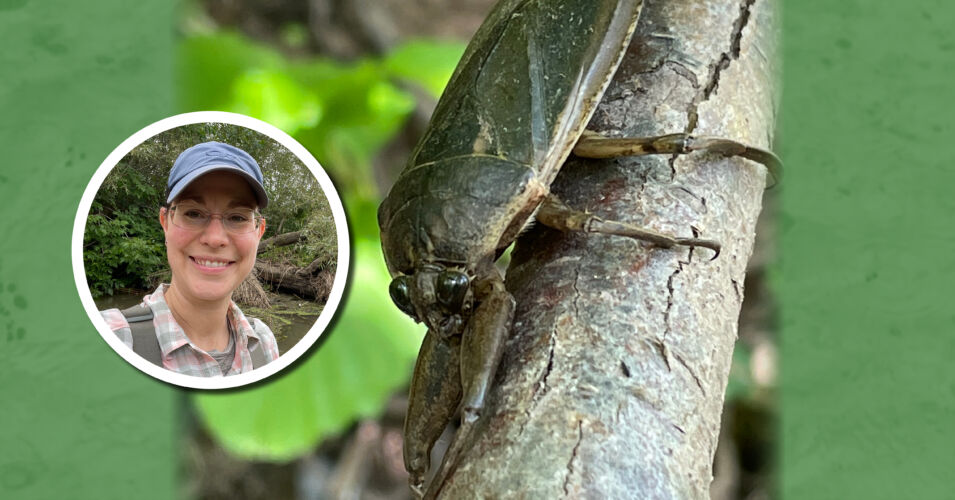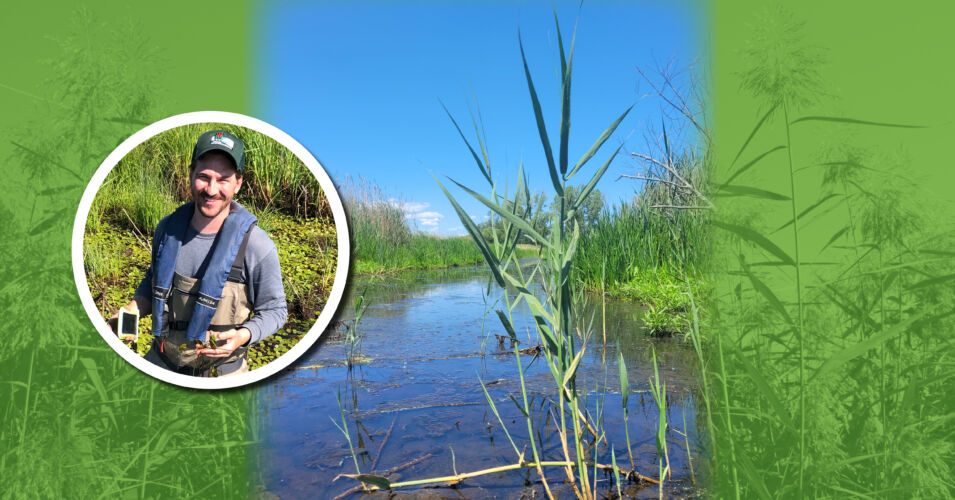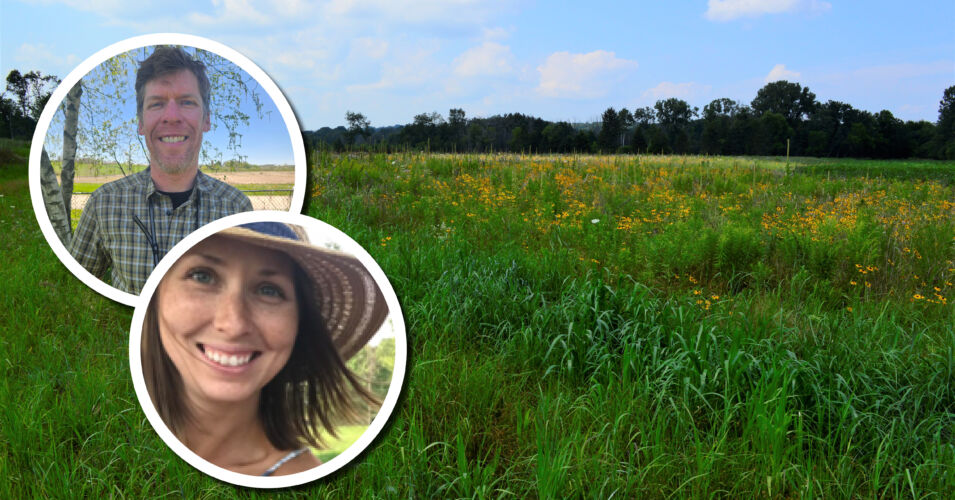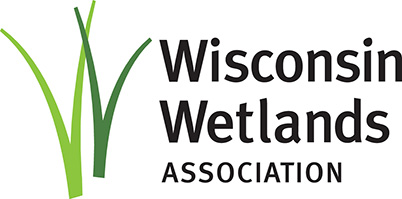
by Wisconsin Wetlands Association | Jul 22, 2024 | News, Wetland Coffee Break
Join Dr. Jessica Orlofske of UW-Parkside to learn about Wisconsin’s wetland invertebrates that skate on the surface, swim in the water column, or crawl along the substrate.

by Wisconsin Wetlands Association | Jul 1, 2024 | News, Wetland Coffee Break
Presenter Matt Puz discusses wetland dynamics as well as Phragmites biology and ecology, and how understanding these two concepts can lead to more effective management.

by Wisconsin Wetlands Association | Jun 24, 2024 | News, Wetland Coffee Break
Hear about the the experience of project planning, restoration, and maintenance of the Mukwonago Davis Restoration Project, and the trials and tribulations of implementing a large wetland restoration project through key partnerships.

by Wisconsin Wetlands Association | Jun 10, 2024 | News, Wetland Coffee Break
Ever wonder what kind of turtle you just found crossing the road, or how to tell one kind of turtle from another, or where to look to find them?

by Wisconsin Wetlands Association | Jun 3, 2024 | News, Wetland Coffee Break
Drones can do a lot more than take pretty pictures. We can now utilize drones for high-resolution imagery, artificial intelligence, spraying invasive species, or seeding native species.

by Wisconsin Wetlands Association | May 13, 2024 | News, Wetland Coffee Break
Ryan O’Connor (WDNR) shares what makes rare wetland plant communities like white pine-red maple swamps and interdunal wetlands unique, what threats they are facing, and more.






